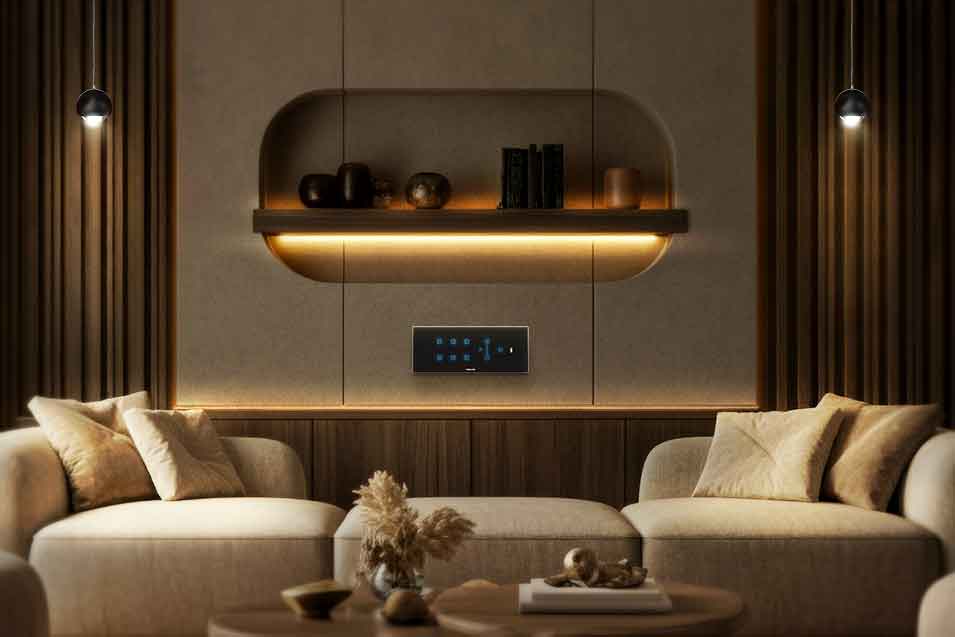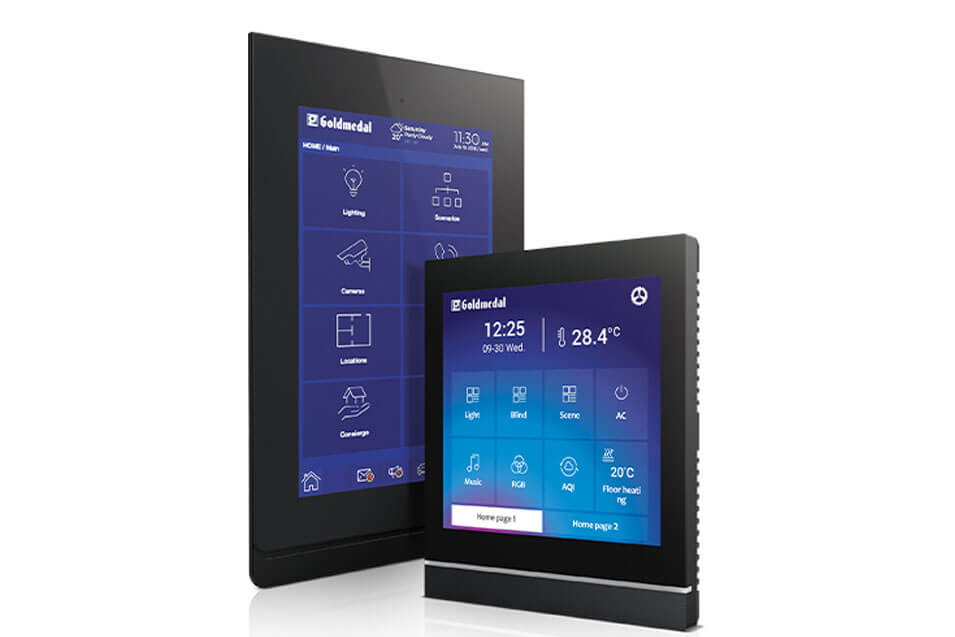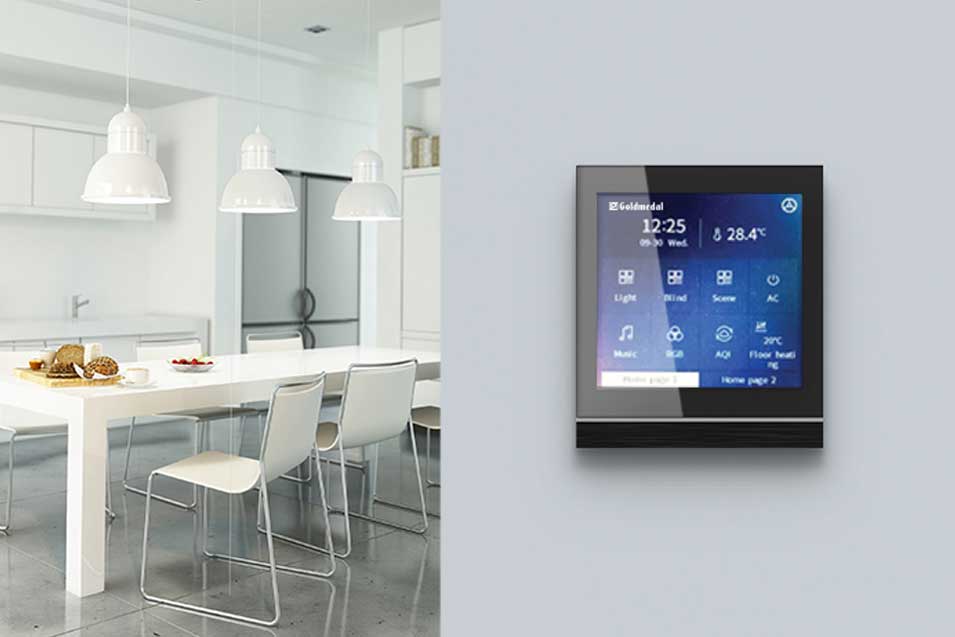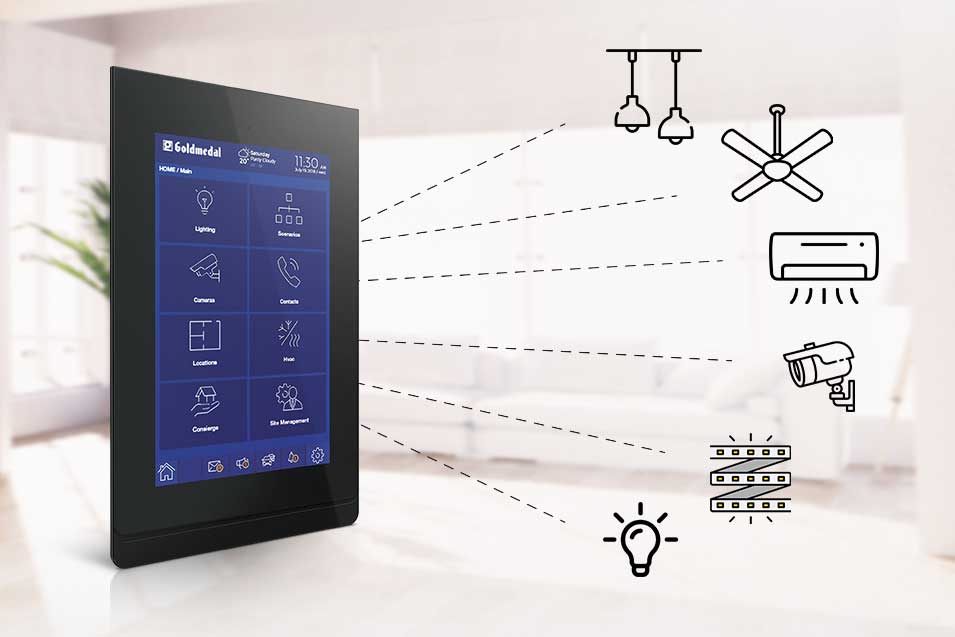
Top Applications of Home Automation with IoT
07th October 2025 | Written By: Utsavi Tank | Read Time: 3min | Last Updated: 07th October 2025
The Internet of Things (IoT) revolution came to change how we live, work, and engage with the world around us. No other field has been as impacted by this revolution as home automation, in which IoT-based smart devices bring convenience, energy efficiency, and enhanced security into our lives. From remote controlling lights and appliances to live monitoring of home security systems, IoT is transforming the concept of smart living into reality. Let’s see the best uses of home automation with the help of IoT.
-
Smart Lighting Control
Smart lighting is the most common and cost-effective form of home automation. IoT lights can be turned on and off, dimmed, or scheduled to turn on and off using a smartphone remotely or via voice commands using virtual assistants like Alexa or Google Assistant. Some even adjust brightness based on surrounding light levels or occupancy, saving energy and reducing electricity costs.
-
Security and Surveillance
Home security has become more proactive and intelligent because of IoT. Smart locks, video doorbells, motion sensors, and smart cameras can be accessed and controlled from anywhere using a smartphone app. You can receive real-time alerts for suspicious movement, grant temporary access to visitors, and even use facial recognition for added security. Cloud storage ensures that you won’t lose any footage, and automation ensures smooth surveillance even when you’re away.
-
Climate and Energy Management
Smart thermostats and heating, ventilation, and air conditioning units allow users to manage an ideal indoor climate while ensuring maximum energy efficiency. They adapt to your habits and adjust temperatures automatically. With sensors, they are capable of detecting room occupancy or an open window and adjusting settings for comfort and efficiency automatically. You can also monitor energy usage patterns and make greener choices.
-
Smart Kitchen Appliances and Kitchen Automation
The kitchen and home appliances are being revolutionized by IoT. Smart refrigerators can keep track of expiry dates and suggest recipes. Ovens can be preheated via a smartphone, washing machines can be scheduled during off-peak hours, and robotic vacuum cleaners can be kept on to clean while you are away. These appliances make lifestyle easy and assist with time management and energy saving.
-
Voice-Activated Assistants
Virtual assistants like Amazon Alexa, Google Assistant, or Apple Siri are the intelligent home command centers. With the mere whisper of a voice, users can control lights, appliances, security systems, or even schedule routines like “Good Night” to shut down lights, lock doors, and lower temperatures at the same moment. The hands-free control dramatically enhances accessibility and convenience.
-
Entertainment and Media Control
Home entertainment systems themselves are also becoming smarter. Smart TVs, speakers, and streaming boxes with IoT functionality can be programmed remotely via apps or voice commands. Your home theatre can be set to switch off lights, draw the curtains, and start a movie all on one command. Multi-room audio systems can coordinate music play across the home for cinematic experiences.
Conclusion
Home automation with IoT is no longer a luxury anymore—it’s becoming the norm for households nowadays. Not only do these intelligent systems address everyday routines, but they also optimize safety, comfort, and energy efficiency. As innovation advances, we can anticipate even more fluid integration and intelligent solutions, making our homes more responsive, intuitive, and sustainable.

Frequently Asked Questions (FAQs) :
- Q1. How is IoT different from traditional home automation systems? Conventional home automation tends to employ closed, wired systems that are restricted to certain functions. IoT-based automation interconnects devices through Wi-Fi or Bluetooth, allowing remote control, real-time data exchange, and cloud integration. IoT provides cross-brand compatibility and updates, whereas traditional systems are inflexible and vendor-locked.
- Q2. Do IoT-based smart homes require a constant internet connection? IoT intelligent homes require internet for remote access, cloud synchronizing, and smart assistants. But numerous devices continue to operate locally via Bluetooth, Zigbee, or Wi-Fi LAN for simple activities even when internet is lost.
- Q3. Is home automation with IoT expensive to set up initially? IoT automation may be expensive in the beginning with smart hubs, devices, and installation. The cost is decreasing as technology goes mainstream. Begin with limited devices (such as bulbs or plugs) since they are cheap, and they can scale up over time.
- Q4. Can IoT home automation systems work with existing appliances? Yes, existing appliances can be integrated with IoT systems via smart plugs, retrofitted switches, or add-on controllers. This enables old appliances to receive remote on/off control and automation without having to replace them totally.
- Q5. How can homeowners integrate devices from different brands? Home owners can use devices such as Google Home, Amazon Alexa, or Apple HomeKit which work as central hubs. Numerous IoT devices are compatible with protocols like Zigbee or Matter, which allow cross-brand connectivity and centralized control from a single app or voice assistant.




